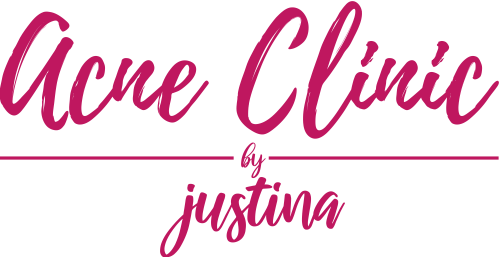WHAT IS CYSTIC ACNE?
Cystic Acne is one of the worst forms of inflammatory acne and the bacteria, Propionibacterium acnes (P. acnes), usually causes acne to become inflamed. It is characterized by usually large pustules, lies just below the skin surface and filled with pus. Cystic Acne is usually painful when the area is touched and scarring is common. It affects a person’s face, chest, shoulders, back and upper arms.
The life cycle of this severe form of inflamed acne can take about 90 days and it starts out as non-inflamed either as a Whitehead or a Blackhead. Then the P. acne bacteria come into play and infect the pore and it becomes an inflammatory acne that is stubborn and won’t go away on its own.
People who have oily skin tend to develop Cystic Acne and it’s very common for the female gender from teens to older adults who suffer from hormonal imbalances. However, it’s mostly men who get the severe form of Cystic Acne while women usually have it on their lower half of their faces.
Genetics play a major role and a person’s inherited tendency for acne and inflammation determines whether or not a person can suffer from this severe type of acne. If your any of parents had Cystic Acne, the likelihood of developing it is high.
It might improve with age but most of the times, it requires clinical treatment and a home care routine. These cysts can leave permanent scarring that looked like deep, tiny holes, wide pits and large and uneven dents. There’s always a silver lining and Cystic Acne is much easier to be treated that non-inflammatory acne and are more receptive to products in treating it. To prevent scarring to happen, the inflammation needs to dealt with and bring it down as soon as possible.
